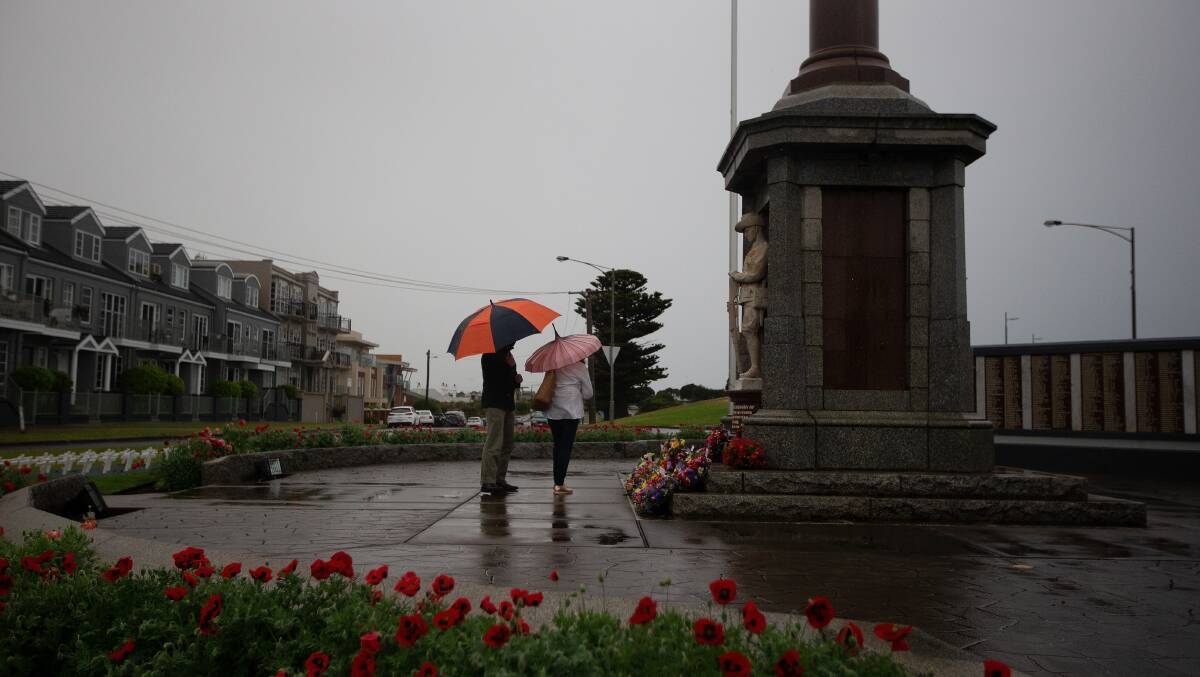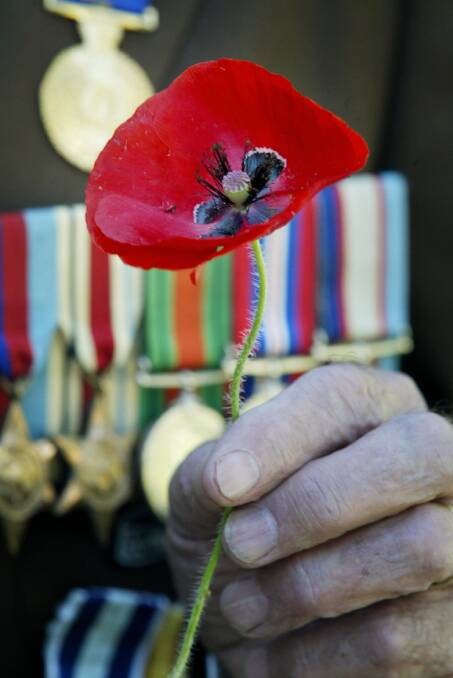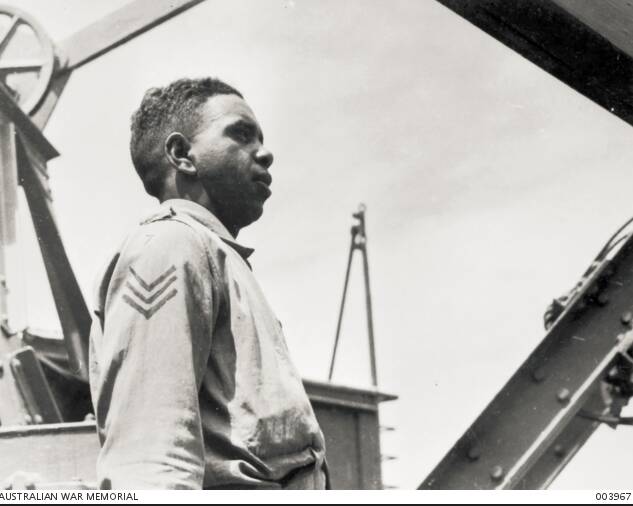Remembrance Day is observed on November 11 in Australia, New Zealand, Canada and other Commonwealth countries to commemorate armed forces members who have died in the line of duty.
At the 11th hour of the 11th day of the 11th month in 1918, World War One formally ended as the armistice between Germany and the allied powers was signed and hostilities in Europe ceased.
Australia's involvement in the First World War began when Britain and Germany went to war on August 4, 1914, and Prime Minister Joseph Cook pledged full support for Britain.

For Australia, the First World War represents the largest death and casualty toll of any conflict in colonial history.
From a population of fewer than five million, 416,809 men enlisted, of whom more than 60,000 were killed and 156,000 wounded, gassed, or taken prisoner.
On the November 11 each year services are held across the country, at which the "Last Post" is sounded by a bugler and a one-minute silence is observed.
In military tradition the "Last Post" call originally signalled the end of the day's activities.
It is also sounded at military funerals to indicate that the soldier has gone to his final rest and at commemorative services such as Anzac Day and Remembrance Day.

Why we wear poppies
The poppy is the enduring symbol of the First World War. Poppies were a common sight, especially on the Western Front. They flourished in the soil churned up by the fighting and shelling.
In soldiers' folklore, the vivid red of the poppy came from the blood of their comrades soaking the ground.
The sight of poppies on the battlefield at Ypres in 1915 moved Lieutenant Colonel John McCrae to write the poem 'In Flanders Fields'.
"In Flanders fields the poppies blow Between the crosses, row on row, That mark our place; and in the sky The larks, still bravely singing, fly Scarce heard amid the guns below."
- 'In Flanders Fields' by Lieutenant Colonel John McCrae
The poppy soon became widely accepted throughout the allied nations as the flower of remembrance to be worn on Remembrance Day.
Today the RSL continues to sell poppies for Remembrance Day to raise funds for its welfare work.

Forgotten heroes
The number of Aboriginal and Torres Strait Islanders who served with Australian forces in the first world war is estimated to be in the range of 1000-1200.
Aboriginal and Torres Strait Islander people served in practically all branches and units of the AIF: infantry, light horse, artillery, engineers, and even the flying corps (though not as airmen).
Despite fighting and dying for Australia, Aboriginal and Torres Strait Islanders still weren't considered citizens upon their return from the war.
Many of these veterans were also denied repatriation benefits, and excluded from returned services clubs.
Public transport free for veterans on November 11
This year Remembrance Day falls on a Saturday. It is not a public holiday.
On November 11 services will be held around Australia at war memorials, RSLs and schools, commencing before 11am to ensure the minute silence is observed at 11am
In Victoria, public transport will be free for veterans on Remembrance Day.
Veterans and War Widows are encouraged to wear their medals, and members of the Australian Defence Force (ADF) to wear their uniform or show their ADF badge, to receive free travel on public transport on the day.
School students, Scouts, Guides, cadets and band members in uniform attending commemoration services are also eligible for free travel on the day.

